You might be wondering if your air conditioning unit works as efficiently as it is supposed to as hot weather starts to kick in. A simple temperature differential test, even using an ordinary thermometer, can provide an overall indication of your AC's performance. But how do you do it? We've researched this question and have information to share.
To do an AC balance or differential temperature test, allow your unit to run for 15 minutes and set the thermostat to 75 °F. Then measure and record the reading of the temperature of the air in both supply and return registers using an infrared thermometer for five minutes.
For an ordinary thermometer, insert it into the grill and leave it for a few minutes. Lastly, compare the two temperatures. The differential readings should range between 14°F and 22°F.
If you don't know where to locate the measurements, continue reading more for more detailed instructions. In this post, you can also learn the typical causes of AC problems and tips for maintaining your cooling system during the summer season.
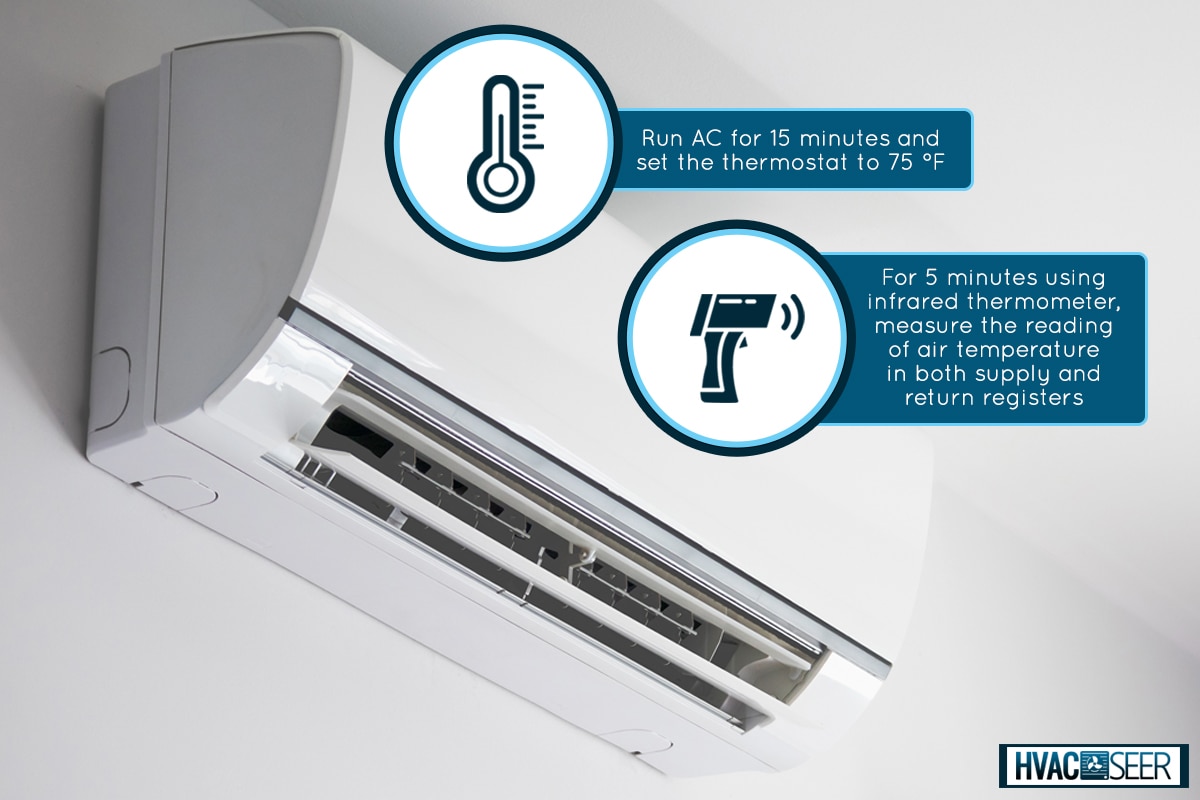
What is a temperature differential?
The temperature differential is related to the difference between the inside and the outside temperature of your house.
HVAC professionals use this scientific term, and they also call it "delta T." This helps you to determine whether your cooling unit is working efficiently or not.
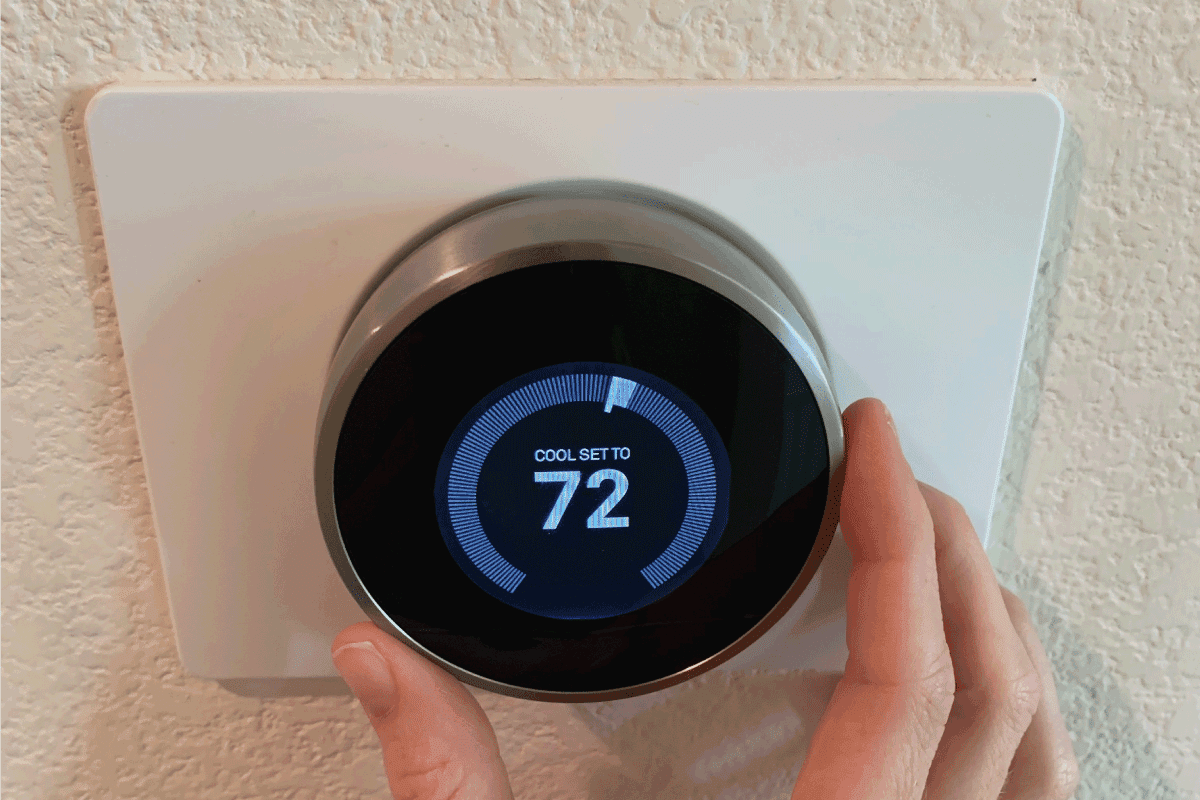
In the summer, when the weather is scorching outside, you want your house to be more relaxed, with the minimum energy used by your AC.
Similarly, during the winter season, you want your house to be warmer and comfy than the outside. In this way, determining your temperature differential helps you to set your thermostat to an optimum temperature.
However, too much difference also requires a lot of energy. For instance, when you set your AC to 70 °F on a 100-degree day, it will significantly reflect on your energy bills, and that will be a problem for your pocket in the future.
How is the differential temperature (delta T) measured?
Troubleshooting the performance of an air conditioning system is complex. It is difficult for an average homeowner to do because of the inaccessibility of some components or the need to use special equipment that requires special skills.
However, simple tests such as measuring the delta T can be done easily and don't require complicated equipment.
The process of taking your temperature differential may differ depending on the complexity of your system. The following are the general steps in doing it.
- Turn on and allow the air conditioner to do at least a 15-minute run while setting the thermostat at 75 °F.
- Find your air conditioner's indoor air handler located in the house. It is usually found in the attic, basement, or a dedicated closet that looks like a gas furnace.
- Then enter the room nearest to where your air handler is located and find out where the supply and return registers are. The supply vent draws positive pressure, while the return vent is negative. You can feel it by touching the vent or holding a paper and seeing which direction it goes in.
- Use an infrared thermometer to measure and record the temperature reading of the supply vent. Or, if you're using a simple thermometer, insert it into the grill and leave it for about five minutes and record the temperature. For larger houses with a more complex system, measure and record the temperature of at least three supply vents and take the average.
- Then point the infrared thermometer towards the return vent and take the temperature reading. A stepladder might be necessary if you are using a simple thermometer to insert it on the grill and leave it for a few minutes.
- Compare the two by subtracting the supply register from the return register temperature to get the delta T. The split between the two readings should not be under nor exceed 14°F and 22°F. There might be possible defects if the difference is lower or higher than the indicated range.
For more information, watch this YouTube video about calculating Delta T.
Are you searching for a reliable thermometer?
Take a look at this Etekcity Infrared Thermometer for HVAC on Amazon.
Or this UEi Folding Pocket Digital Thermometer, also on Amazon.
How do you know if your AC is energy efficient?
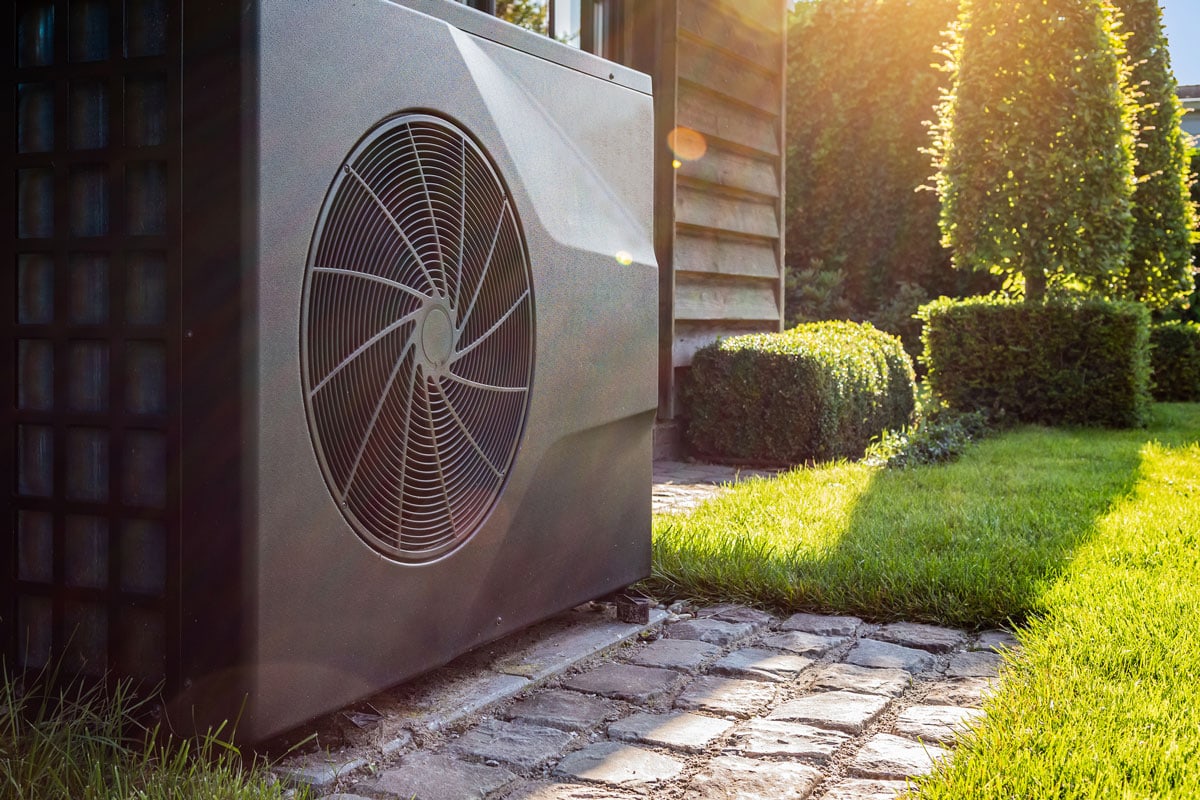
Do you know what temperature your air conditioner should be operating at in your house?
There isn't a fixed, consistent temperature at which your air conditioner should work. But the temperature your thermostat is set to is relative to the temperature your air conditioner generates, so setting it to the ideal temperature is recommended.
The acceptable temperature difference will range between 14º F and 22º F, but the ideal would be between 18°F and 20°F. Technicians generally follow the 20-degree rule of thumb for troubleshooting.
Some central cooling systems are difficult to test at the air handler, so they are tested at the nearby register and compared to the ambient room temperature.
What would cause a big temperature difference?
Suppose the temperature split falls below 14º F. In that case, it means that there's a discrepancy between incoming and outgoing temperatures.
Low Freon levels, worn-out compressor valves, and leaking reverse valves or return air ductwork can cause your system to work inefficiently.
On the other hand, if it is above 22º F, this shows that the AC is cooling too much, which will produce too much moisture at the air vents and cause mold growth.
The first stage of a refrigerant leak and low airflow is usually a common problem that causes high evaporator delta T. The latter includes a fan working at a slower speed than the ideal, a dirty evaporator coil or air filter, or the ductwork too small.
How do I fix my AC temperature differential?
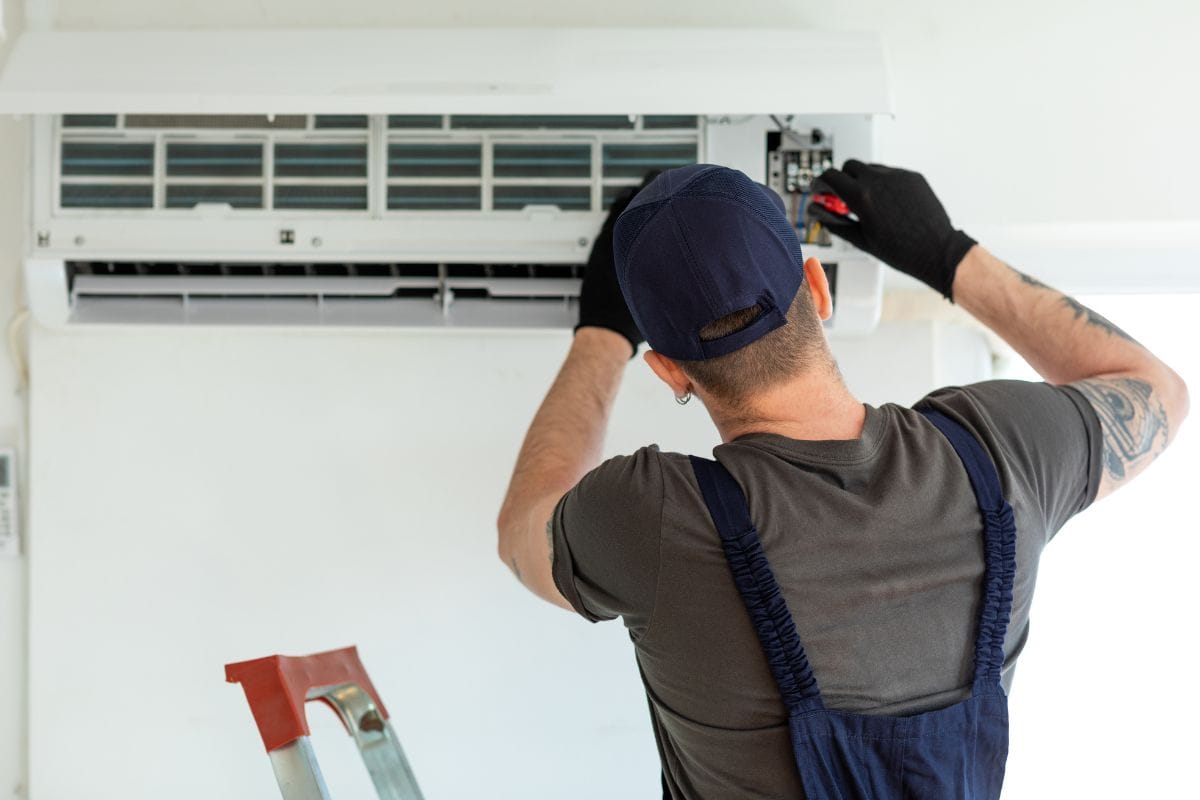
Let's discuss the solutions you can carry out if your temperature split doesn't attain the target difference.
If you obtain a temperature split below 14º F, you have to work on your air conditioner efficiency.
This will require special skills, and it is recommended to hire a professional to diagnose and inspect your central air conditioning unit for refrigerant and ductwork leaks and weak valve compression.
For more than the ideal difference, replacing your air filter and cleaning your vents and ducts would be the best action to do first. Then see if that reduces the temperature difference.
If that doesn't solve the problem, have a technician clean the coil, increase the blower motor speed, and troubleshoot your system for any suspected issues.
What temperature should AC be on in summer?
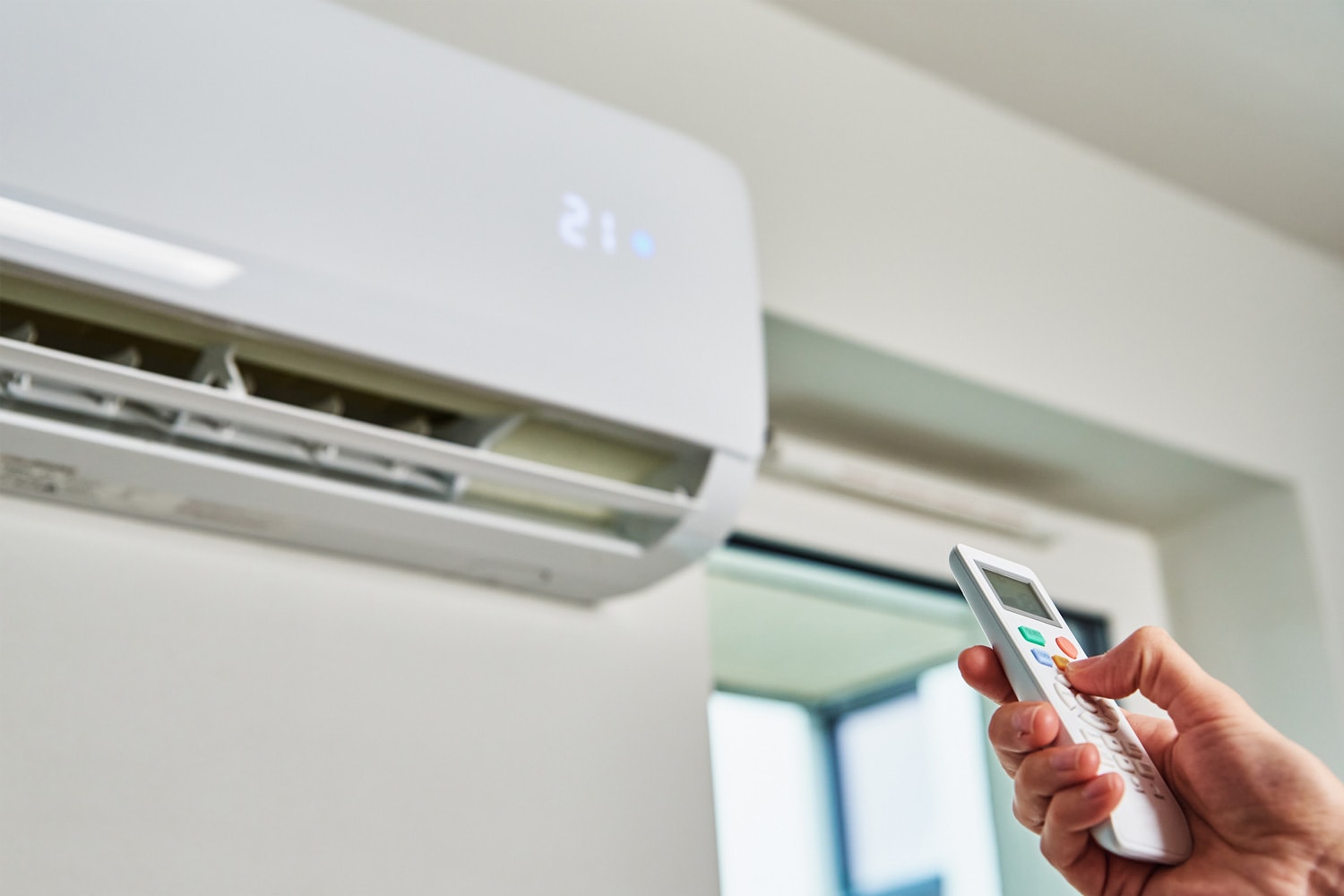
The U.S. Department of Energy suggests setting your AC at the optimal temperature of 78 º F for the economical cooling of your home.
This might not be the preferred temperature for some during the scorching heat of summer. Still, the temperature is based on several factors considering the optimization of energy usage and its environmental impact.
Following a rule of thumb, it is good to set your thermostat correctly no lower than 20 degrees below the outdoor temperature. Following this rule, you will not overwork your AC, and you will also keep your home cool.
But don't get worked up and let the heat beat you. There are other, more energy-efficient ways for your air conditioner to keep you cool on the hottest days of the year. You can also do the following to make things cooler in your home.
- Hydrate yourself frequently or take a cold shower. This will help your body temperature to cool down.
- Use fans. You can turn one on when the heat is tolerable or use one together with your air conditioner. This can help cool your place while using the AC at a minimum level.
- Draw the curtains or shades and turn off unnecessary lighting. The sun and your lighting fixtures can contribute a lot to heating up your home. Allow an amount of sunlight that's enough to light your home during the daytime.
In a nutshell
Keeping yourself cool during the hot season while using energy consumption at a minimum level is a delicate task.
As a homeowner, measuring your system's temperature differential would be the simplest way to check the condition of your system and whether it works efficiently to beat the heat.
If the differential obtained doesn't achieve the ideal mark, there are various issues that might have caused this. You should act immediately to prevent further damage to your AC. If you are unsure of the problem, it is best to call an HVAC professional to handle it.
Check out these post for related information:
Where Should Cold Air Returns Be Located In Basement?
How To Clean An Armstrong Air Conditioner?
Lennox Air Conditioner Troubleshooting


